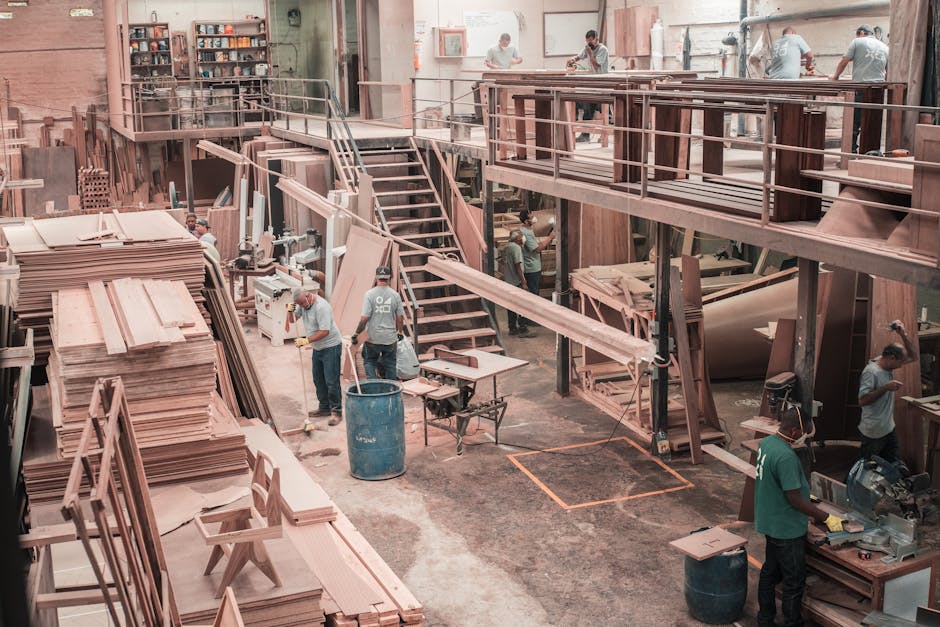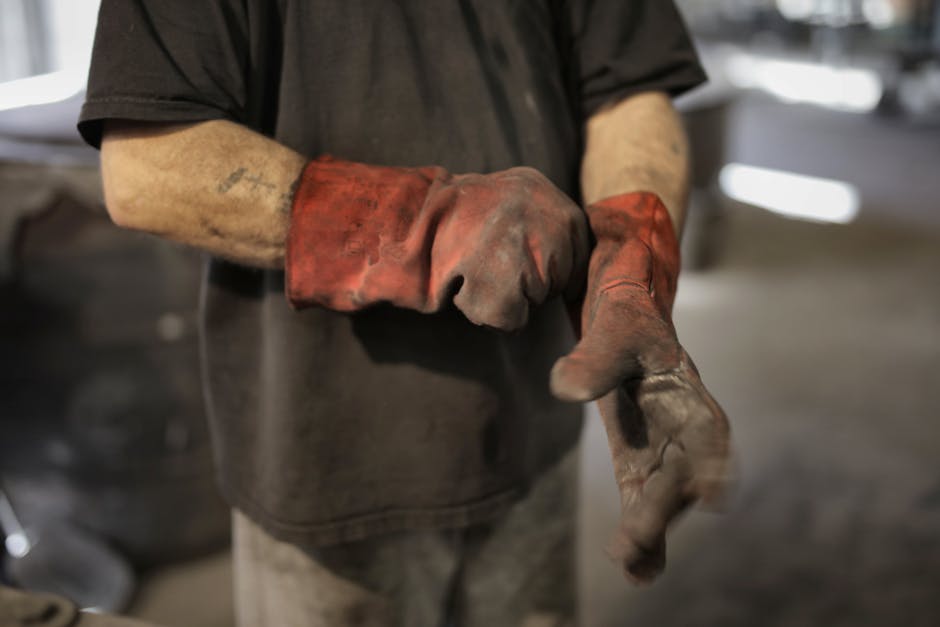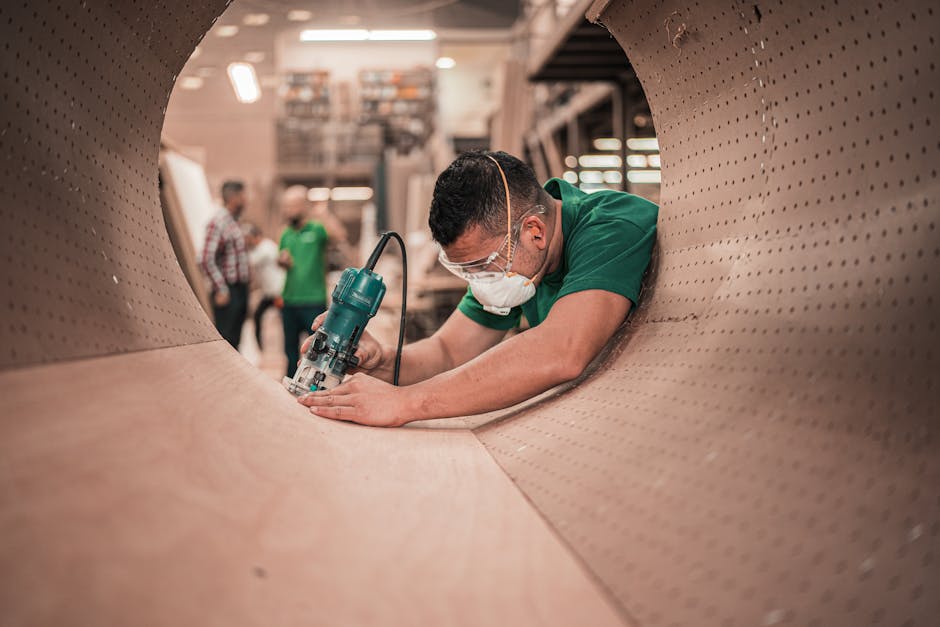Materials and models
An industrial valve is used to control fluids or gases in a process. These processes involve several types of operations, including starting and stopping the flow of material, performing tests, and cleaning and maintaining equipment.
An industrial valve works by closing off fluid passages. This action reduces pressure and prevents leaks. The component parts of an industrial valve are manufactured from materials that can withstand high temperatures (above 100 °C/200 °F) and aggressive chemicals.
Some industrial valves also have other functions-they may be combination valves which act as gates, valves for controlling mixtures flows, or plug type valves suitable for very coarse applications.
These are all standard designs but they vary significantly in cost depending on their design. Generally speaking, the higher the switching frequency, the more expensive the valve. Even though there are fewer moving parts, heavier ones tend to be cheaper than lighter ones with fewer parts.
There are many different varieties of industrial valves; each variety serves a specific purpose and has been developed especially for its respective application. When selecting an industrial valve, you should know what it will need to accomplish without having it explained to you. You’ll then understand the nature of your task when choosing the right valve.
Further manufacturing

After turning the raw valve part inside out, you can now see how the rest of the steps in the assembly process to create an industrial valve work. These additional steps include welding same day pads, QA testing, electrical connections, etc.
It is now common for manufacturers to begin with parts made by others (suppliers) and only assemble the finished product at their facility. This cuts down on missteps and defects that occur during production.
Missteps are inevitable; constant training mitigates them, but never completely avoid them. Other factors including human error.
That being said, errors tend to happen more often at the beginning stages of learning a task or skill. People make mistakes and have difficulty performing tasks that require attention to detail.
Practicing using proper technique is one way to overcome these issues, as is practicing frequently. Both help speed up the process so that people can get back to doing the job they were hired to do.
Quality control

In order to produce quality valves, manufacturers must perform testing and inspection during each step in the manufacturing process.
All of these steps are recorded as part of the production lot so that no cutting or scrapping occurs. Recorded images compare measurements against standards for consistency.
Inspection accounts for about 40% of the total time it takes to manufacture a valve. When inspections are consistent, random errors in material or workmanship will be caught before going onto the next production step.
When inspectors vary their routine, looking for different things, they introduce human variances that cause inconsistencies through out the assembly line.
This can be avoided by having experts look over the employees’ shoulders (quality control) to ensure accuracy.
Data comparing differences between experienced and novice workers is kept. If variations occur more frequently among new employees, then training may reduce mistakes made by transferring them from one position to another.
Having both experienced and inexperienced people working the same task brings an added element of uncertainty for them, which makes them strive harder to do their job correctly.
Hazard analysis
When you are looking into different materials for your valve, you should know that each material has its own hazard profile. This means characterizing properties of the material like hardness, ductility, or yield strength.
These characteristics determine how easily the metal will be damaged by external forces such as pressure, heat, chemicals, etc. Hardness is a fundamental property of most metals; however, some applications require plasticity.
Plasticity is the ability to apply stress to a crystal to induce deformation. For example, in stamping, where a shape is formed by application of pressure, plastically deformable metals can be used to form the desired shape.
Others use the toughness (the amount of energy needed to create a fracture) of the material to describe their safety profiles. These metrics take into account sensitivity and damage tolerance abilities of the material.
Damage tolerance describes the ability of a substance to resist deterioration from internal sources. A solid information structure that contains vital components that facilitate recovery works best when it’s designed according to sound structural principles.
Internal sources include not only contamination but also fatigue mechanisms that operate over time. Contamination occurs because of impurities present in the basic chemical compound which makes up the matter. Fatigue happens when repetitive mechanical loading causes localized areas at high temperatures due to insufficient crystallinity or an absence of dislocations involved in making the crystal larger than it normally would be.
Contaminants produce
EEVC standard

Each valve manufacturer must conform to the standards set forth by the European Association of Valve Manufacturing (EEVC). These are listed below, along with an explanation of each section.
The requirements are used worldwide in the industry as a whole and are documented in their entirety in several RFC sections.RFC being the term for “request for comment” which is very similar to saying “suggestion/recommendation”.
These recommendations cover everything from chemical composition of steel to quality control testing procedures to environmental health and safety policies.
In general they deal with engineering topics regarding materials strength, constructions methods, dimensions, tolerances, etc..
Some of these issues include but are not limited to: weldability, pressure resistance, availability, temperature sensitivity, stability over time, maintenance ease, etc.


